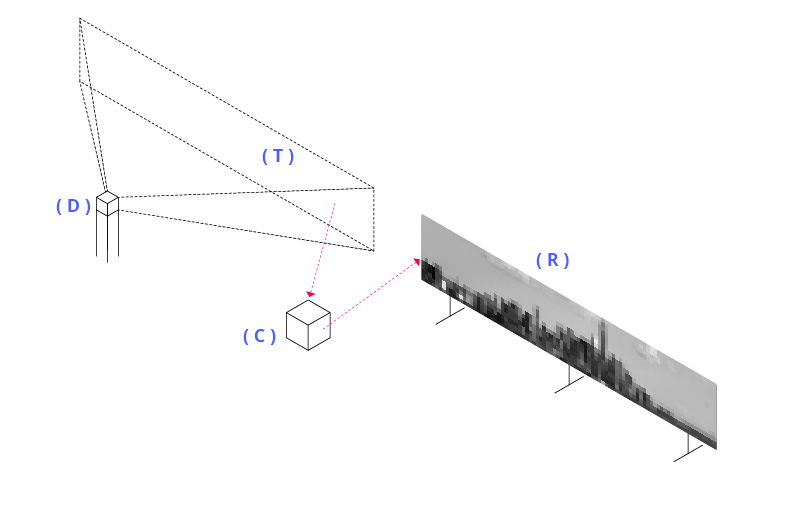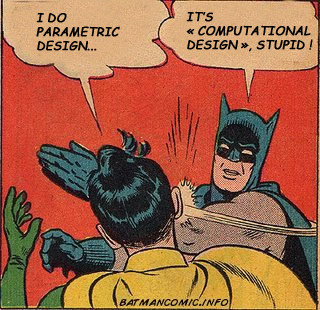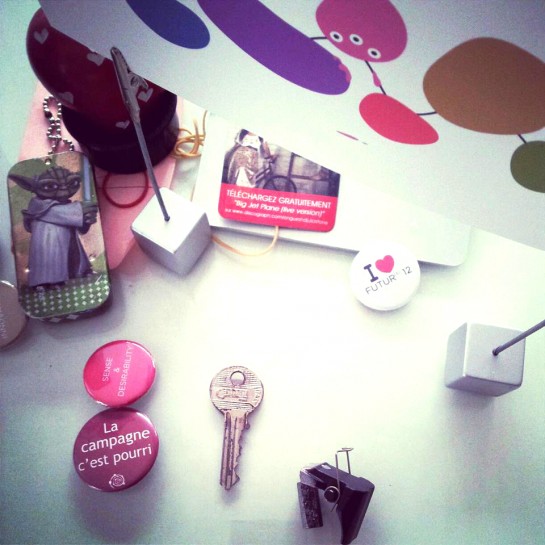On the 31st of December 2022, I put an end to an important chapter of my career as educator and professor.
In fact, after 6 years of intense dedication, I decided to step back from my position as Director of Design by Data, the Executive Master in Computational Design for Architecture I have founded at Ecole des Ponts ParisTech.
Quitting one of the most prestigious school of Europe while letting go a series of incredible adventures and relations with my students was not an easy decision to make, but I had important reasons to do so.
A few days ago, I published on Linked-in a post to explain and disclose the story of the Master, and also to share which projects I am focusing next: directing Volumes company to expand worldwide, bringing back Villa Buonaccorsi to the commons, and founding a startup studio for the construction industry and supporting independent education.
Below is a copy of my post – you can also find the original one here –
Somewhere in 2015, while having a drink with my friends Aldo and Minh after one of our computational design workshops in Paris, Aldo declared it was time to stop running workshops and to launch a master program in computational design, the first of its kind in France.
When Aldo Sollazzo says something, you’d better execute it.
Continue reading “Why are you doing this?” Here is why.


